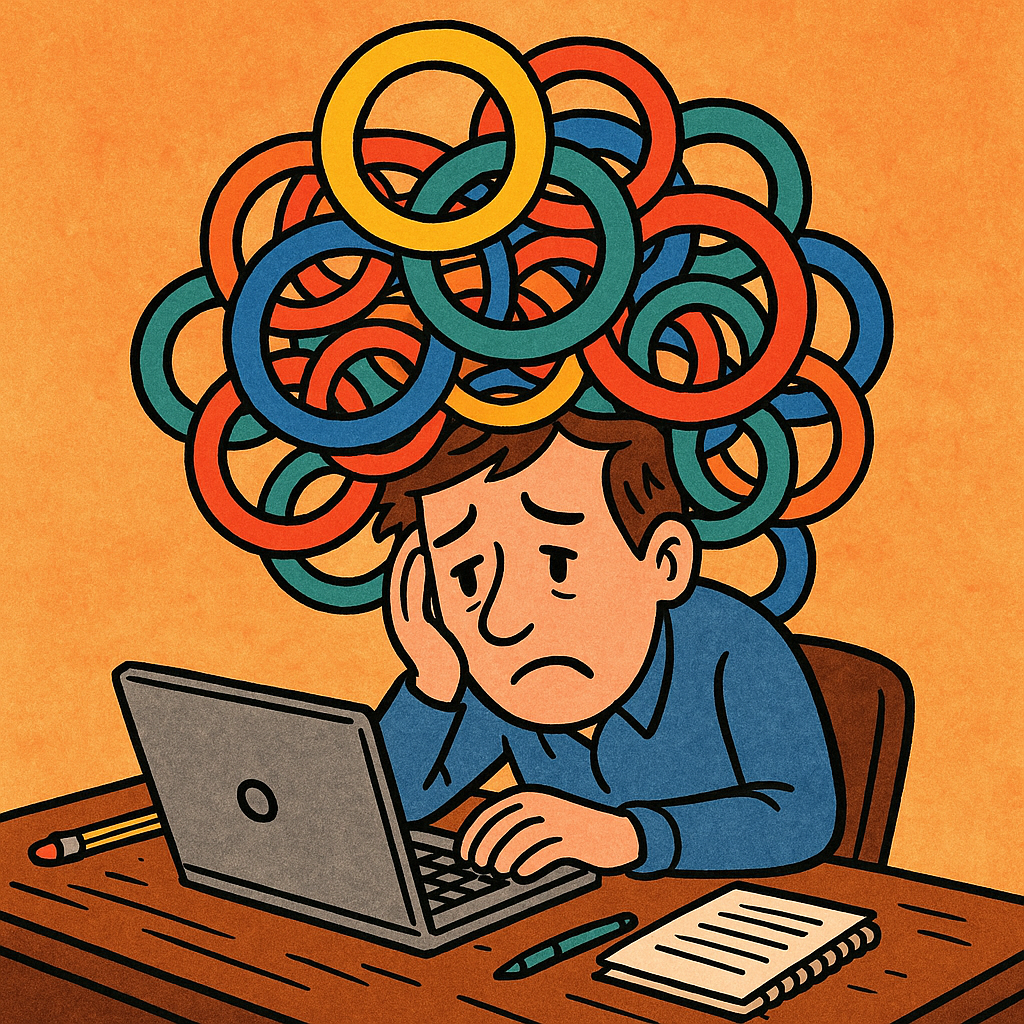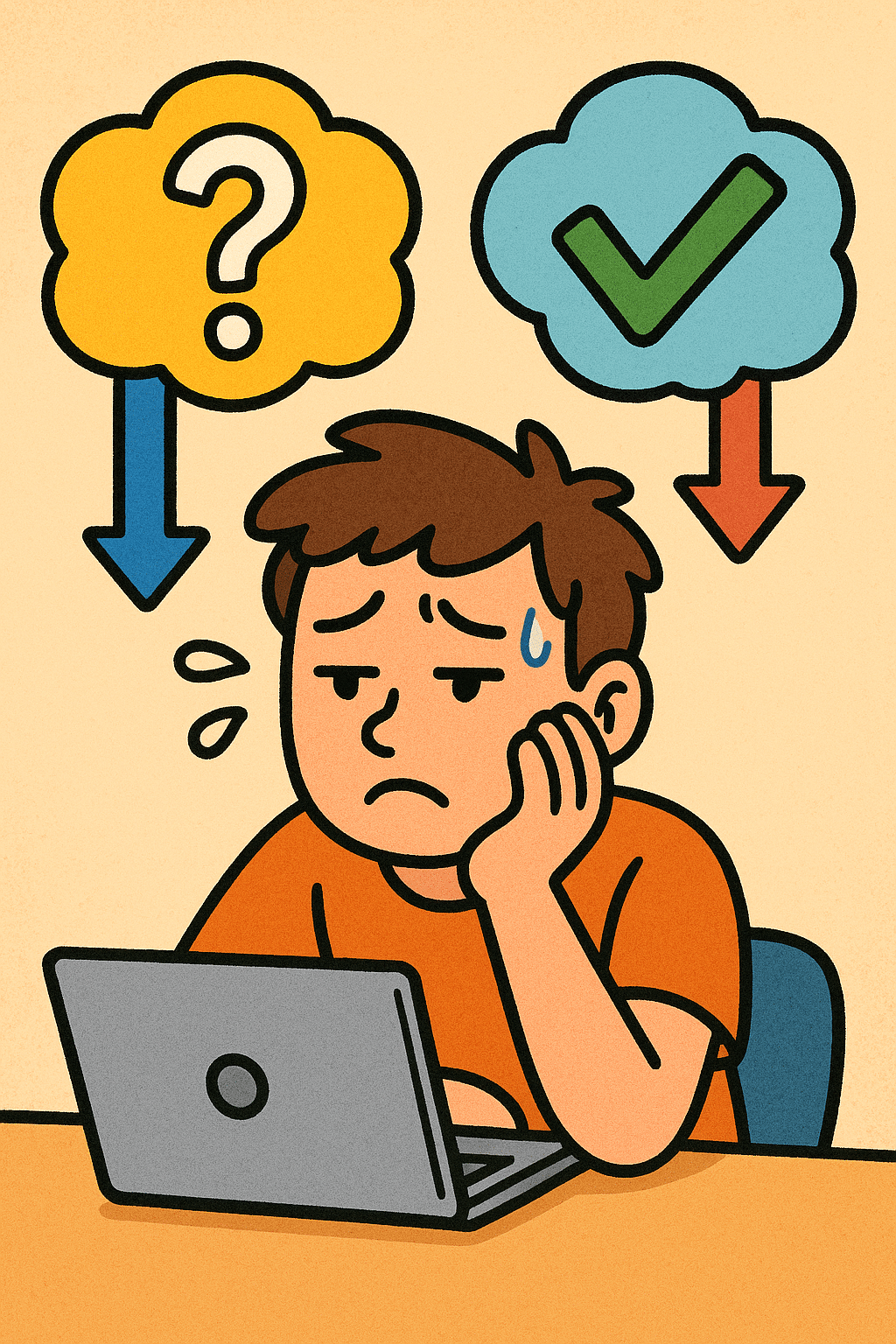We all experience it—the nagging feeling you’ve forgotten something, even when you can’t quite pinpoint it. That’s the emotional weight of open loops—unfinished tasks or unresolved thoughts that drain our mental energy and derail our attention. Discover why they impact us deeper than we think—and what to do about it.

What Are Open Loops and Why They Matter
The concept of open loops stems from the Zeigarnik Effect: our minds hang onto incomplete tasks more avidly than finished ones. Think of going to bed with an email unanswered or a looming project—your brain won’t let them go. These loops occupy emotional real estate, tugging on attention and elevating stress—even without conscious awareness.
Melanie Gow, who coined “Open Loop Fatigue,” describes them as persistent mental tug-of-wars that scatter focus and deplete emotional energy. Whether through replaying past regrets, dreading upcoming obligations, or carrying forward commitments, open loops fracture our presence—and our ability to engage with the present moment.
The Hidden Emotional Cost of Unfinished Chores
- Cognitive overload: Every open loop demands mental resources, leading to poor focus and decision fatigue.
- Anxiety drain: Your brain subconsciously reminds you: “This isn’t done yet,” even when not actively thinking about it .
- Fragmented presence: You’re physically here—but mentally elsewhere, trapped in loops that prevent deep engagement.
- Productivity drop-off: With energy siphoned off, tackling current tasks becomes an uphill battle.
Why Open Loops Are Dominating Now
- Digital saturation – always-connected culture plants continuous new loops: unread notifications, pending messages, unfinished content.
- Zero closure media – TV episodes, social feeds, and news often leave threads hanging to increase future engagement, reinforcing unresolved storytelling patterns.
- Pandemic-era psychological residue – health worries, remote work structures, and economic uncertainty have created long-lasting loops that linger unresolved.
A Practical, Emotionally-Sound Guide to Closing Open Loops
1. Capture to Calm
Write it down. Moving something from mind to paper (or app) offloads the emotional burden. Tasks, ideas, reminders—capture them all .
2. Sort With Intent
Use two-minute rules for quick wins. Identify top priorities—stop fighting entropy by eliminating low-impact loops first.
3. Time-Block for Focus
Reserve mental space for loops. When your brain trusts you’ll handle something later, it relaxes in the present moment.
4. Reflect Thoughtfully
Daily check-ins help you see what remains unresolved—bringing loops into conscious view lessens their hidden weight.
5. Mindful Acceptance
Some loops can’t fully close immediately. Acknowledge them, schedule their resolution, and accept partial closure.
Why This Matters Emotionally
- Regains mental clarity: As loops close, attentional bandwidth returns and presence flourishes.
- Lowers anxiety: Reduced mental clutter means fewer involuntary reminders and ruminations.
- Boosts self-efficacy: Completion reinforces confidence and emotional regulation.
- Amplifies creativity & empathy: With fewer loops draining you, deeper thinking and emotional connection become possible.
Open Loops in the Age of AI
Emerging research shows AI feedback loops are amplifying our emotional patterns. A Nature Human Behaviour study highlights how interacting with biased AI can intensify emotional and perceptual loops in humans. Translation: open emotional loops may now be fed by digital interactions, making proactive loops management more crucial than ever.
Build Your Loop-Free Flow: A 5-Step Routine
| Step | Action | Emotional Benefit |
|---|---|---|
| 1 | Morning capture – list unresolved tasks and thoughts | Begin your day unburdened |
| 2 | Prioritize one big loop – choose one to close today | Feel accomplishment early |
| 3 | Set loop time-blocks – allocate focused resolution windows | Build trust in your mind’s structure |
| 4 | Midday reflection – check progress and offload new loops | Reduce latent distractions |
| 5 | Evening wrap-up – finish tasks or schedule deferrals | Sleep with calm closure |
Supercharge Emotional Resilience
- Journal regularly – externalize loops to uncover emotional triggers.
- Check-ins with others – a quick chat can defuse a loop through relatable support.
- Breathing pauses – during loops, reset emotional intensity through breath work.
Final Thoughts: Self-Care Isn’t Just Physical
Closing open loops is an act of emotional self-care. It’s not just about productivity—it’s about reclaiming your emotional bandwidth. As your mind stops multitasking across incomplete narratives, it can finally show up—fully—in your life, relationships, and work.
By integrating these steps, you’ll start to notice a calmer mind, a lighter heart, and a more intentional inner atmosphere. The surprising emotional weight of open loops doesn’t have to define your daily experience—learn to close them, and watch your mental space expand.
References
Calm Your Mind by Closing Open Loops – The Blissful Mind, 2023.
Source: https://theblissfulmind.com/open-loops/ (2023)
The psychological trick to tackle your goals with ease – Kyle Seagraves, Medium, Nov 21, 2017.
Source: https://medium.com/@kyleseagraves/the-open-loops-trick-to-tackle-your-goals-with-ease-b4f25dc968f2 (2017)
Harnessing the Zeigarnik Effect: The Art of Opening and Closing Loops – Kari Watterson, 2024.
Source: https://kariwatterson.com/harnessing-the-zeigarnik-effect-the-art-of-opening-and-closing-loops/ (2024)






